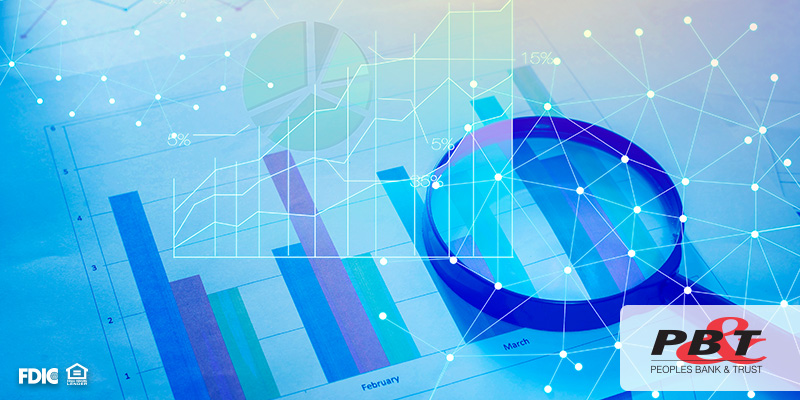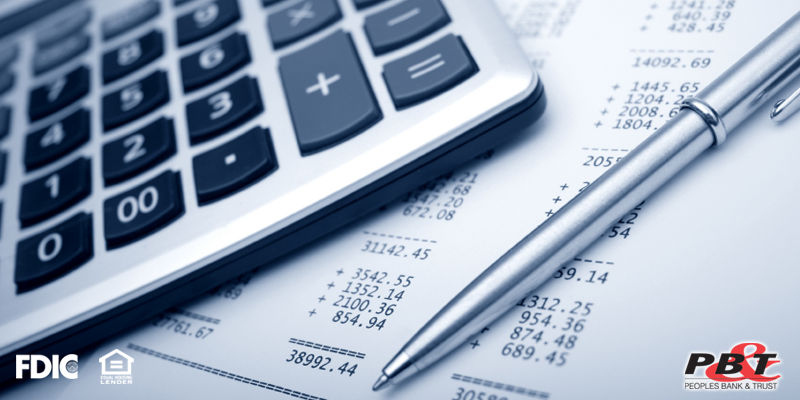
Bankrate estimates that half of the American population won’t be able to maintain their standard of living once they stop working. While your current bills and loans seem like a top priority, we also don’t want you to forget about what the future holds. It’s important to keep paying off your debt, however, Peoples Bank & Trust wants to offer you a few helpful tips on how to save for retirement.
Direct Deposit
Having money directly put into an IRA or savings account is a smart way to save. This will help you get used to living at a certain income level. When the money from your paycheck is taken out right away, you never have the option to spend it – this means you were never used to having an extra amount of cash. As time goes on and you begin to pay off your debts, you have the option to enlarge the amount that you directly deposit into your retirement fund!
CD & Savings
Putting money into different CDs or a special savings account can help increase your quality of life when retirement comes. Having a place with extra funds will create a greater cushion if expenses rise. Having an accessible place where you can get liquid cash is always a safe idea. These accounts will never lose money and usually don’t come with penalties if you decide to withdraw your money early.
IRA
You can defer paying income tax on up to $5,500 that you contribute to an IRA. Couples can contribute to IRAs in each other’s’ names and can shop around for accounts and funds that charge especially low fees. An IRA is easy to open and gives you the option on how you want to invest your money.
Tax Refund
Every time you get money back from your taxes, put that into a savings account or CD. That extra money can add up over the years, so you’ll be happy to see how much your retirement funds have grown when you look. IRS Form 8888 allows you to directly deposit your tax refund into up to three different saving or investment accounts, including an IRA.
Small Business Investment
Finding a business to invest in and make a return on is an option for saving. Use your time before retirement to find different ways to make money for it. You don’t have to become a business owner – just a silent investor if you’d like. Small business profits are not capped and the potential return on investment is therefore higher than other alternatives, but remember that the risk can be higher too.
Stay focused on your retirement savings goal so you can be prepared as you get closer to that age. The above items are all safe and simple ways to save for your future. Utilize one of a few of these options today by stopping by our bank! We’d be happy to talk you through what we have to offer!
Peoples Bank & Trust Co.
Member FDIC
Equal Housing Lender









